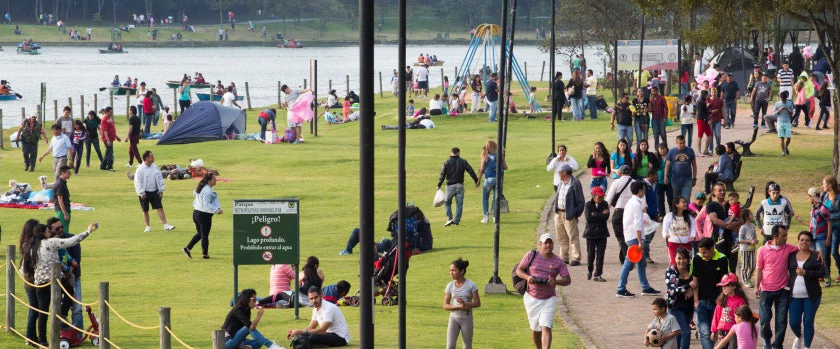
If, like most people, you think antimicrobial resistance is something that only doctors and scientists need to worry about, you should probably think again.
We humans have co-evolved with microbes for millions of years. Our bodies have provided a safe environment for thousands of species of microbes to flourish and in return microbes have provided us with many benefits – like protection against “bad” organisms and regulation of many of our physiological processes. We now know that a healthy, balanced microbiome is essential to human wellbeing.
However, this coevolved synergy with microbes was never enough to avoid many infectious diseases which were often fatal, until the advent of modern antimicrobial drugs such as antibiotics that revolutionized human medicine in the 1940s. Since then, hundreds of millions of lives have been saved and economic development has accelerated with less human suffering and illness.
But new drugs and antibiotics also had the unintended consequence of speeding up the evolution of defense mechanisms of many microbes that have now become resistant to even our best drugs intended to kill them. Anti-microbial resistance (AMR) has bred “superbugs” that are difficult or impossible to cure and threaten to reverse the social, economic and health advances of the 20th century.
Newborns and elderly people are most vulnerable according to the most recent OECD analysis, Stemming the Superbug Tide. In 2016, for example, more than 200,000 newborn children were estimated to die each year from infections that cannot be cured with available antibiotics. Since 2015, an unprecedented epidemic of multidrug-resistant typhoid is rolling across parts of Asia and Africa which increases the cost of treatment and leads to other medical complications.
The good news is that the international community is revving up its response.
Last week, the Danish Government announced the launch of an international solution center for AMR. This will be a cross-sector initiative that generates, aggregates and disseminates evidence on AMR and supports the development of feasible context-specific solutions for its containment. It will seek to bridge the gap between knowledge and implementation, and work closely with other international organizations including CGIAR through a new “AMR Hub” being set up at the International Livestock Research Institute in Kenya.
This week, leaders, champions, patients, and pioneers of the battle against AMR gathered in Ghana to share experiences, identify promising initiatives, review progress of the Interagency Coordination Group established by the UN Secretary General, and explore how to better mobilize the private sector and civil society as agents of change. The resulting Call-to-Action includes a commitment “to exploring financing and investment for AMR control through the public and private sectors, including the multilateral development banks, and international institutions.”
This change in focus is long overdue. For too long, the global and national agendas on AMR have remained primarily focused on technical interventions, hence maintaining the conversation within highly technical circles and perpetuating a certain disconnect.
Collectively we have only gradually recognized that addressing AMR is an essential component of attaining several of our Sustainable Development Goals. We need to knit the AMR agenda with the global sustainable development agenda and leverage the larger development agenda to address AMR.
For example, investments to develop water systems may primarily be focused on areas such as sanitation and agriculture but if designed with AMR in mind can reduce the spread of disease and hence the need for antimicrobials. The same goes for investments in agriculture, housing, schools, or cities. At the World Bank, our development assistance includes funds for the building of roads, ports and other urban developments, as well as interventions to build health systems, improve animal husbandry, or improve water and sanitation. We need to use all types of financing more astutely to address AMR -- an issue of vital importance to us all.


Join the Conversation